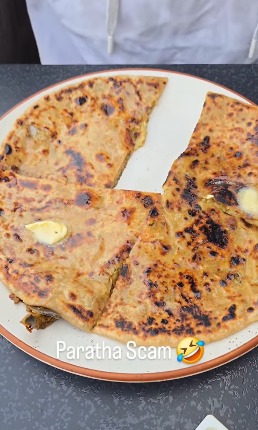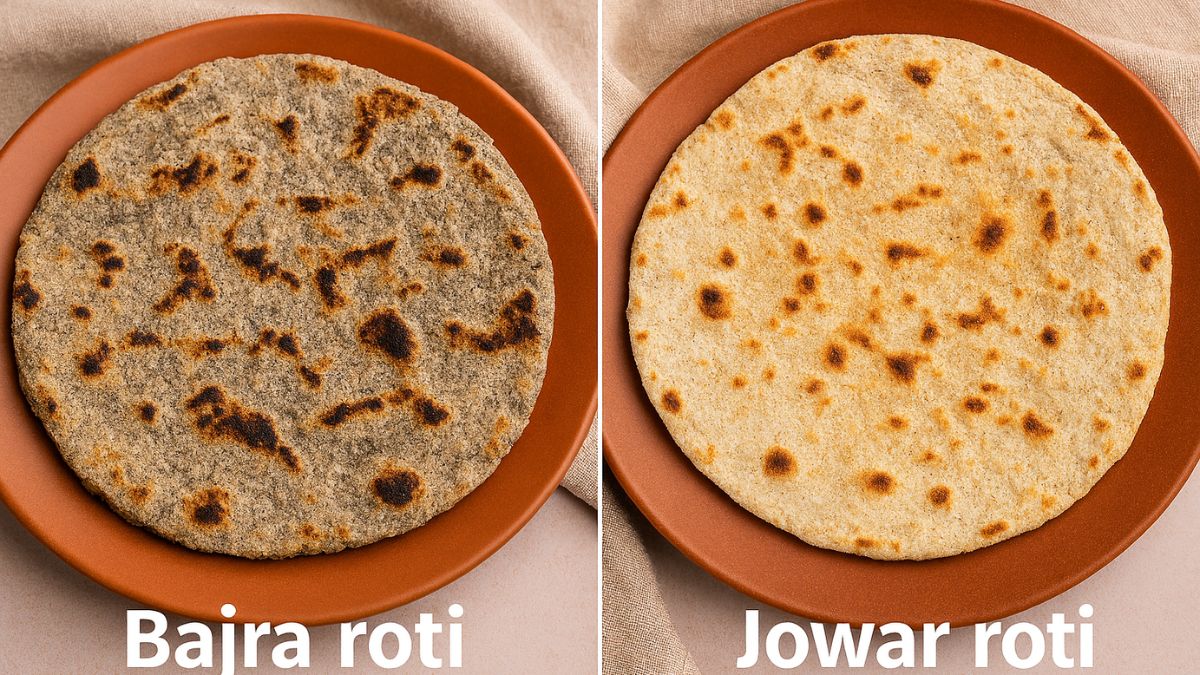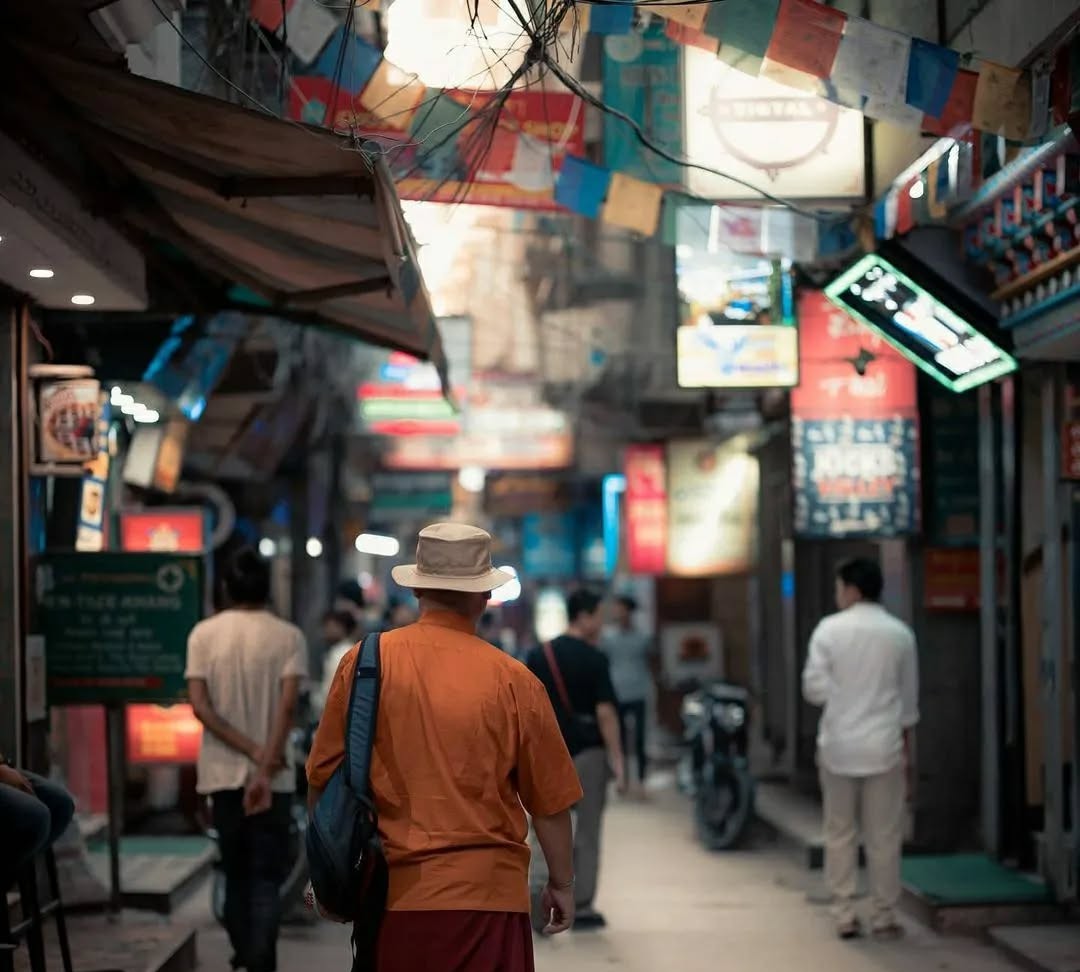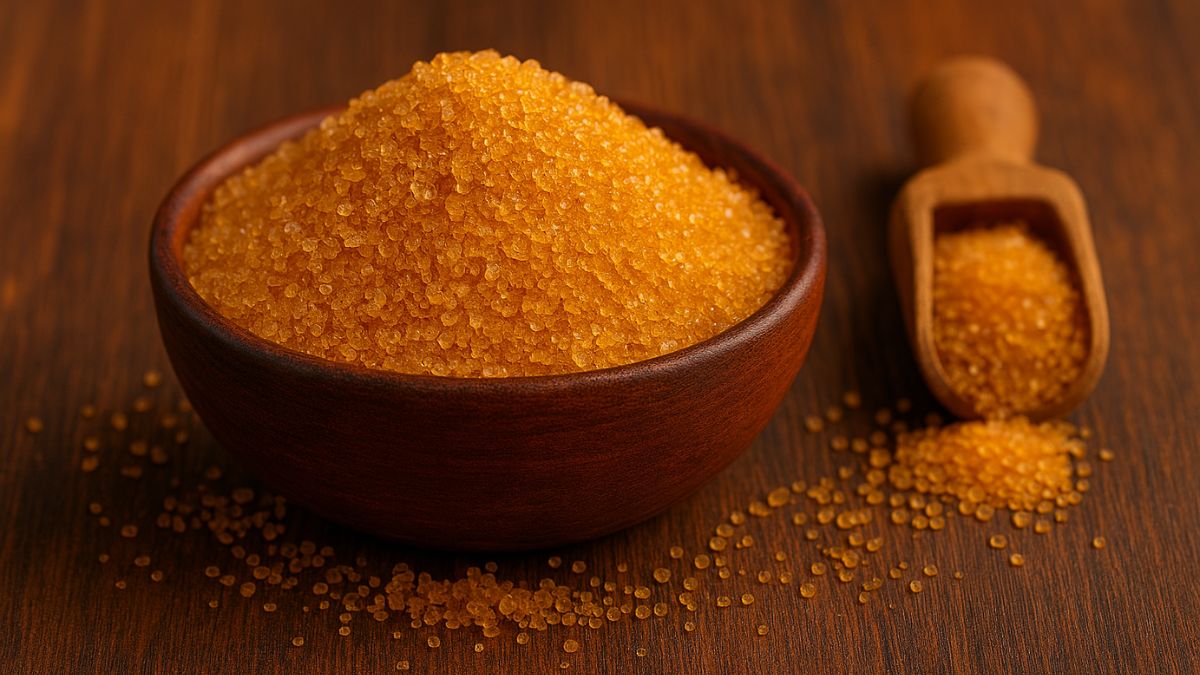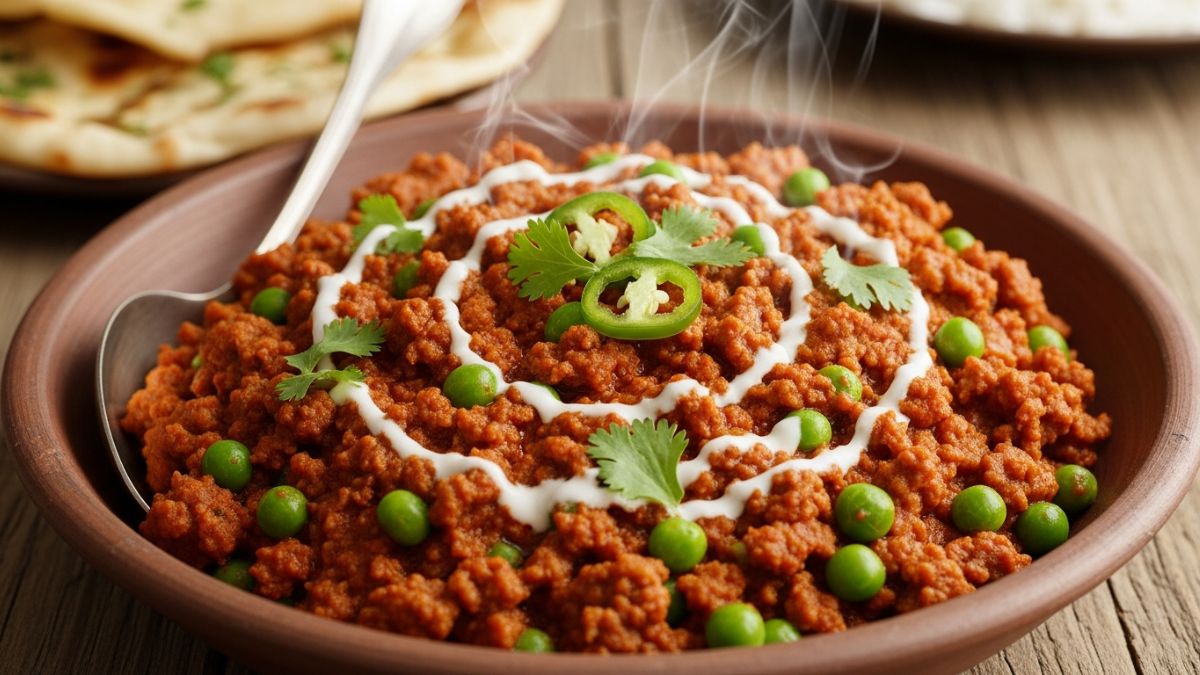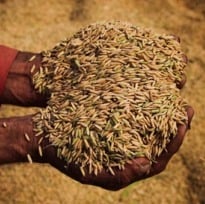It's the staple food of almost half the world's population, yet for most Brits it comes in just two types.
We've used rice in Britain since the middle ages: our ancestors boiled it in milk with sugar, cinnamon and almonds (imported from Italy, rice cost so much it was kept under lock and key with the spices). At one point, rice pudding was believed to lead to "venerie" - sex - and blindness. But when British traders and soldiers ventured east, they found an eye-opening cuisine based on plentiful rice. Savoury rice dishes have been on menus ever since the first "pillaw" recipes came from India in the 18th century. But most of us know little more than long grain, short grain and something for risotto.
Surrey-based Shahid Mehdi recently co-founded a company that aims to widen British rice horizons. A visit to Pakistan reminded him that long-grain basmati rice (as used in any curry house) was still being farmed, winnowed and dried by hand - and it was far better than what he got in England. The Real Basmati Rice Company (realbasmatirice.com - please note, not therealbasmatiriceco.com) now sells a tonne of "single-estate" Punjabi rice a month through specialist shops and online. I've been buying it since my first taste. It's a revelation; pleasingly grainy, with complex flavours and no stickiness. A world away from Uncle Ben's - and less than half the price of the "vintage" Basmati that Britain's most popular brand Tilda recently launched.
"With a packet of mass-produced basmati you don't get anything like the earthiness you should," says Mehdi. "Machine harvesting and machine drying have removed it. And in cooking - where's the aroma? The problem is that the big companies blend cheap and good rice then sell it quickly. Rice is like wine: it improves with age and reacts to the atmosphere." This imported single-estate rice, in contrast, is dried in the sun on the family farms (named on the packet) where it grew, irrigated by meltwater from the Himalayas. "It then ages another year or more in jute sacks."
I learned there was more to rice than arborio and long-grain in south-east Asia, where it is a staple of life. Many cultures in the region use "gin khao" (eat rice) as the verb to eat - and in poorer countries such as Cambodia 70% of calories come from the grain. Rice in south-east Asia comes in many forms: fresh and fragrant, or sticky and congealed like dough for a sort of sandwich, red and fruity and turned into flour for sweets. More than one Thai friend confessed that, when travelling abroad, they had to take rice - they couldn't stand the "bad" rice others ate.
But in China, where rice cultivation began and half the world's crop is eaten, there is now little variety and that is causing health problems, according to the chef and author Fuchsia Dunlop. "At some of the bourgeois Shanghai restaurants that make a point of serving what they call 'green', or organic, food, you can eat brown [unpolished, whole rice]". But it's very rare." Most Chinese eat their native short grained rice, milled and polished to a white gloss, even though it loses all its fibre and some of its nutrients. Better-off Chinese prize the Thai Jasmine variety of aromatic rice - and that's what Dunlop buys in the UK, from a Chinese supermarket.
In Asia the key thing I learned about cooking rice was not to boil and drain it. Steam to retain taste and nutrients, by carefully adding just enough water. Electric rice steamers are ubiquitous now in Asian kitchens, after being invented by the Japanese Imperial Army. Just about fool-proof, they make a great fluffy clump-free rice from most of the short-grain aromatic varieties like Thai jasmine.
Expanding your rice repertoire is easy. Chinese and Thai supermarkets sell the Asian varieties, delis and health food shops often stock a wide variety. My local in Edinburgh has about 20 different rices ranging from Italian brown and Pakistani basmati sold from the sack at £1.70 a kilo to a wild rice from the US that costs an amazing £23 for the kilo.
Brown rice
Any rice can be sold as "brown", unmilled with the bran coating still on. It's a health food favourite because more nutrients and all the fibre are retained, and it has a pleasant nutty taste. It takes much longer to cook, and mixes well with white (if you get your times right: start the brown cooking first). Try brown basmati or brown Thai jasmine. Keep in the fridge, because it stales quicker than polished rice.
Sticky rice
Buy "glutinous rice", or khao niaow, from a Thai or Chinese supermarket. Despite the name, it has no gluten - the stickiness comes from a type of enzyme in the starch. It's simple to cook - soak for 2-4 hours then steam in a covered basket or sieve for 20 minutes. Child-pleasing and chewy, it doesn't taste of much, but goes well with a nice, wet stir-fry or a spiced Thai meat salad. It's commonly sweetened and eaten with mango and ice cream and other sweet things.
New risotto rices
Vialone nano is for a robust dish, it absorbs more liquid than starchy classic arborio, which can become sticky or puddingy. Carnaroli is thin and long. "Use it in more simple and elegant risottos, such as saffron and seafood," says chef Giorgio Locatelli. If you're put off by the long labour of stirring a risotto, try doing it with a pressure cooker, which takes a third of the time and none of the elbow-ache.
Aromatic rice
This is a specific type of rice that has, as the name suggests, more smell. It includes Thai jasmine, basmati - which means "fragrant" in Urdu - and the US variety Della. I like the organic Black Venus rice from the Piedmont (sold by Biona and other brands). It's a glorious plum-purple when served, nutty and tasty. It's even better reheated in a pan with a little garlic, olive oil or butter.
Wild rice
To add colour and flavour to your rice pot, drop in a handful of this black grass seed now farmed in North America and Hungary. Cook a little with ordinary long grain or basmati(again start the rice with the longest cooking time first, and add the other to the pan at the right moment).
Photo Credit: Greatest of grains ... rice comes in many different varieties. Photograph: Bloomberg via Getty Images
